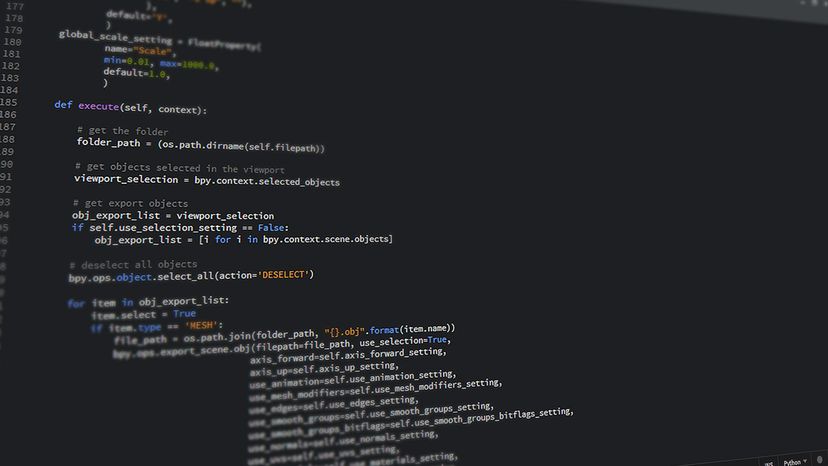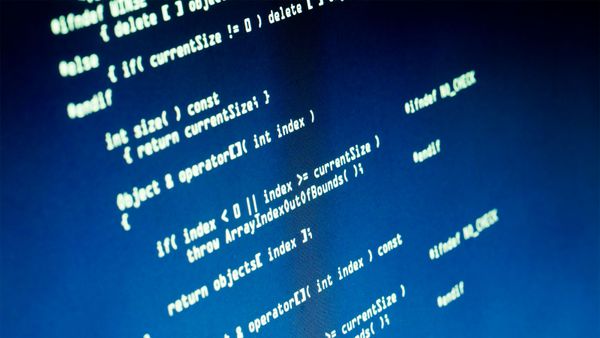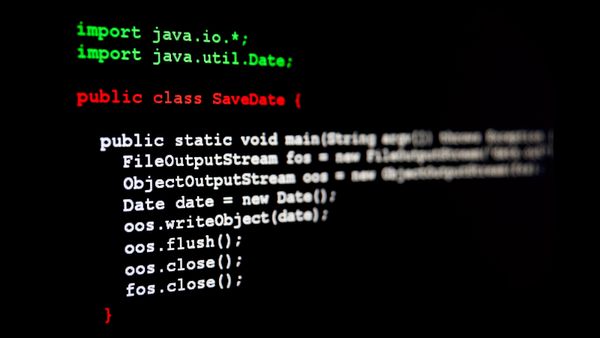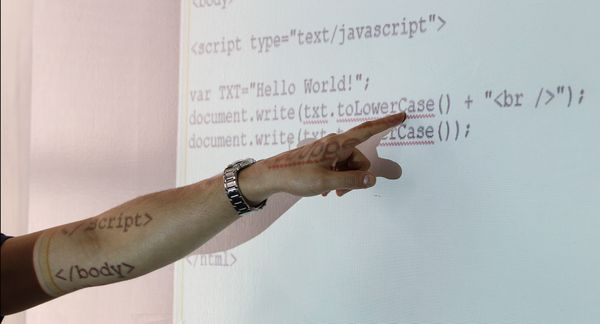
If you're just getting started programming computers and other devices, chances are you've been trying to figure out which programming language is the best to learn first. There are many articles on the internet about what programming language you should be learning — which are the best for what platform, which are easiest to learn, which are the most likely to help you land a job making the big money. If you've been sifting through all those opinions, chances are good you've heard of Python.
There probably isn't a single right answer to your question. Learning any programming language will also teach you how to think like a programmer. All programming languages have their strengths and weaknesses. If you're looking for a language that works in a broad range of applications, or just want to dip your toe into the coding waters, Python may be good to try.
Advertisement
Python has a reputation for being easy to understand for new programmers. It can be used to write programs for computers or applications for the web. If you want to create the next big mobile app, however, Python is not a popular choice. A 2019 survey of Python users found that the most popular uses were for web development and data analysis. Only about 6 percent of respondents used it for game development or app development.
There are many commercial applications for Python programming, but the language has also caught hold in academic circles, especially among those working with large amounts of data. It's also useful for hobbyists.
Python is the creation of Guido van Rossum, who had been working with a language named ABC at his then-employer, the Centrum Wiskunde & Informatica (CWI) — the national mathematics and computer science research institute in the Netherlands. While he liked some aspects of ABC, he was frustrated by how hard it was to extend the language.
During his Christmas holiday break in 1989, van Rossum decided to try creating his own language. A little over a year later, in February 1991, he uploaded the first version of his creation to USENET. He'd also been reading scripts for episodes of "Monty Python's Flying Circus," from the famous British comedy troupe. Looking for a name that was "short, unique and slightly mysterious," he chose to call it Python. Do you have to be a fan of the show if you want to code Python? In the words of the Python Software Foundation, "No, but it helps. :)".
Although he considers himself retired now, van Rossum holds the title of Python's "benevolent dictator for life," a title he's held since 1995. In fact, since then a number of open-source creators — who get the final say on changes to their projects — have also been given that title by their development communities.
Python is open source, which means it's free to use and distribute, according to the official definition created by the Open Source Initiative. You can also download a copy of the source code if you like.
As of May 2020, the PopularitY of Programming Index (PYPL), which ranks programming languages by how often people search for tutorials about them, lists Python in first place. The site, which is intended to help budding coders choose a programming language to start with, changes often, but interest in Python has grown the most between 2015 and 2020.
Robert Thorstad, data science fellow at Insight Data Science, believes that ease of use is one of the main reasons for Python's rise. "Ease of use is an explicit design philosophy in the Python language," he says. The time-honored practice of writing a short program that prints, "Hello, world" on the computer screen might take a Java coder many lines, but in Python, it can be done by just typing:
print ("Hello, World!")
That simplicity, Thorstad said, makes Python seem friendlier to novice programmers. Many have praised Python code as being easy for humans to read. Where other programming languages use characters such as semicolons to show the end of a command, Python uses a new line. Rather than using the curly brackets that might enclose a function in other languages, Python uses indentation.

Advertisement


